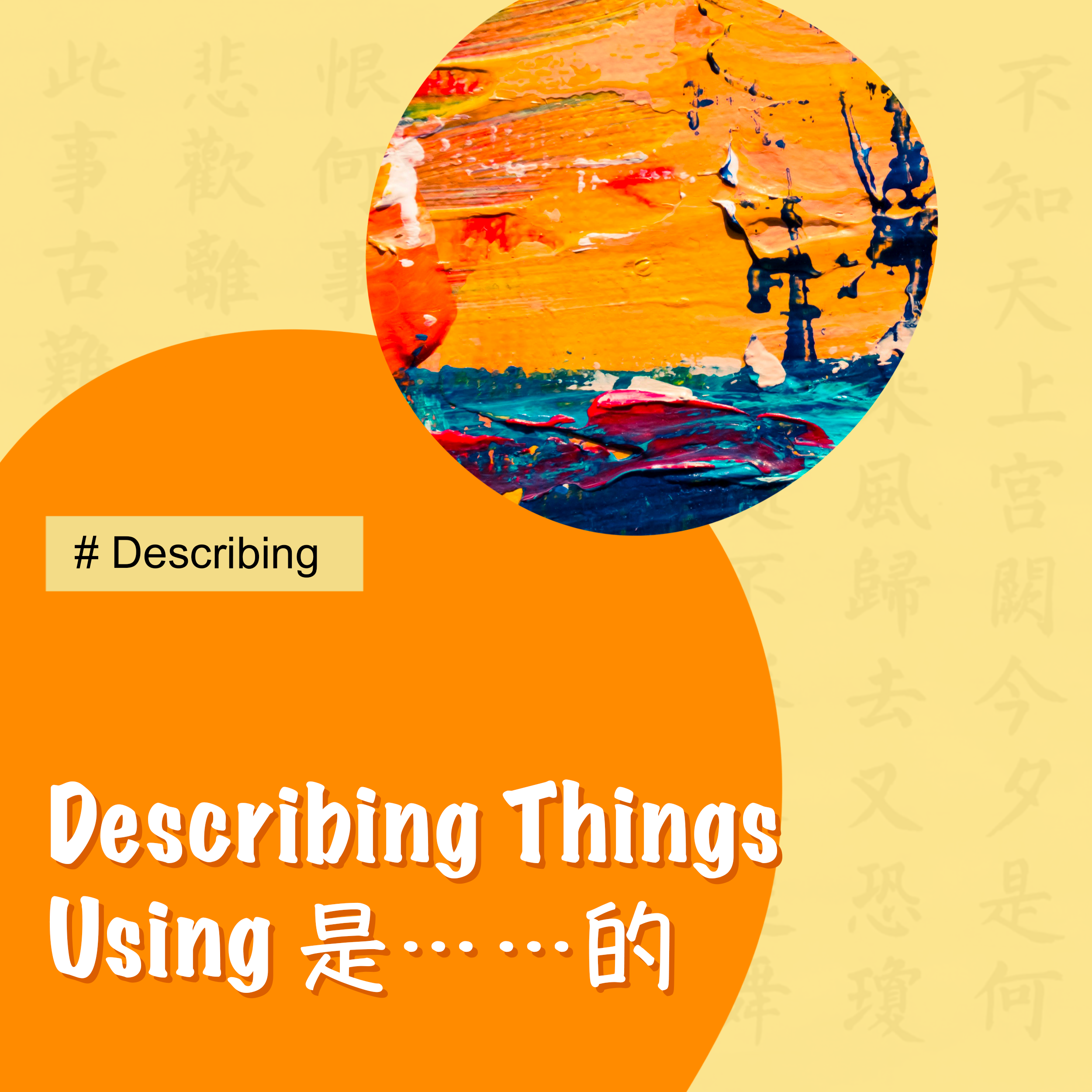Describing Things Using 是……的
Remember when we learned this grammar structure in Q1?
Subj + 是shì + Noun
我是医生。wǒ shì yīshēng.
这是一个苹果。zhè shì yīge píngguǒ.
Do you also remember when we told you in Q1 that 是shì should always be followed with a noun? Well... rules are no fun unless you break them 🤣 We actually can add an adjective after a 是shì so long as we abide by this grammar structure:
Subj + 是shì + Adj + 的de
Yes, that pesky little "的de" at the end of the sentence makes all the difference and allows us to pair 是shì with adjectives! With the below examples, we've put regular descriptive sentences (Sub. + intensifier + adjective) next to this new structure (Sub. + adjective + 的) so you can observe the difference.
Sub. + Intensifier + Adjective Vs. Sub + 是 +(Intensifier) Adjective + 的
这个苹果很甜。VS. 这个苹果是甜的。
Notice that if use this 是shì... 的de structure, we can drop the intensifier preceding the adjective. However, if you want the intensifier there, you can still add it right before the adjective if you like!
Now, let's chat about the difference in meaning when using 'Sub. + intensifier + adj' vs. 'Sub + 是shì + adj + 的de':
Sub. + intensifier + adj.: When using this structure, you are describing how the subject feels about the noun that is being described. More subjective.
这个苹果很甜。zhège píngguǒ hěn tián. With this sentence, you are telling people that this apple is really sweet. Emphasizing that the apple is good **because it is sweet. You are telling people how you feel about this apple. Opinion-based.
Sub. + 是shì + adj. + 的de: When using this structure, you are telling people the fact of this object's size, flavor or color. While this structure is very similar to structure #1, this is often used to describe size, flavor, and color more objectively.
这个苹果是甜的。zhège píngguǒ shì tián de. Here, you are telling people that this apple in general is sweet (not sour or spicy). Less opinion-based, more fact-based.
At the end of the day, these structures are SUPER similar and it's OK to be using them interchangeably. The difference between the two is extremely nuanced, so don't worry too much about using the perfect structure for the perfect situation :)


